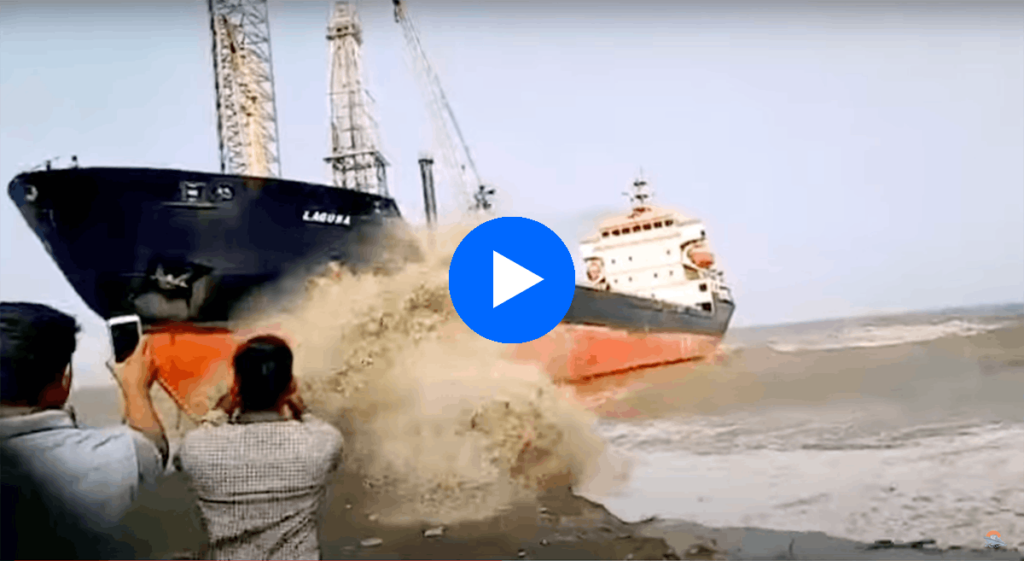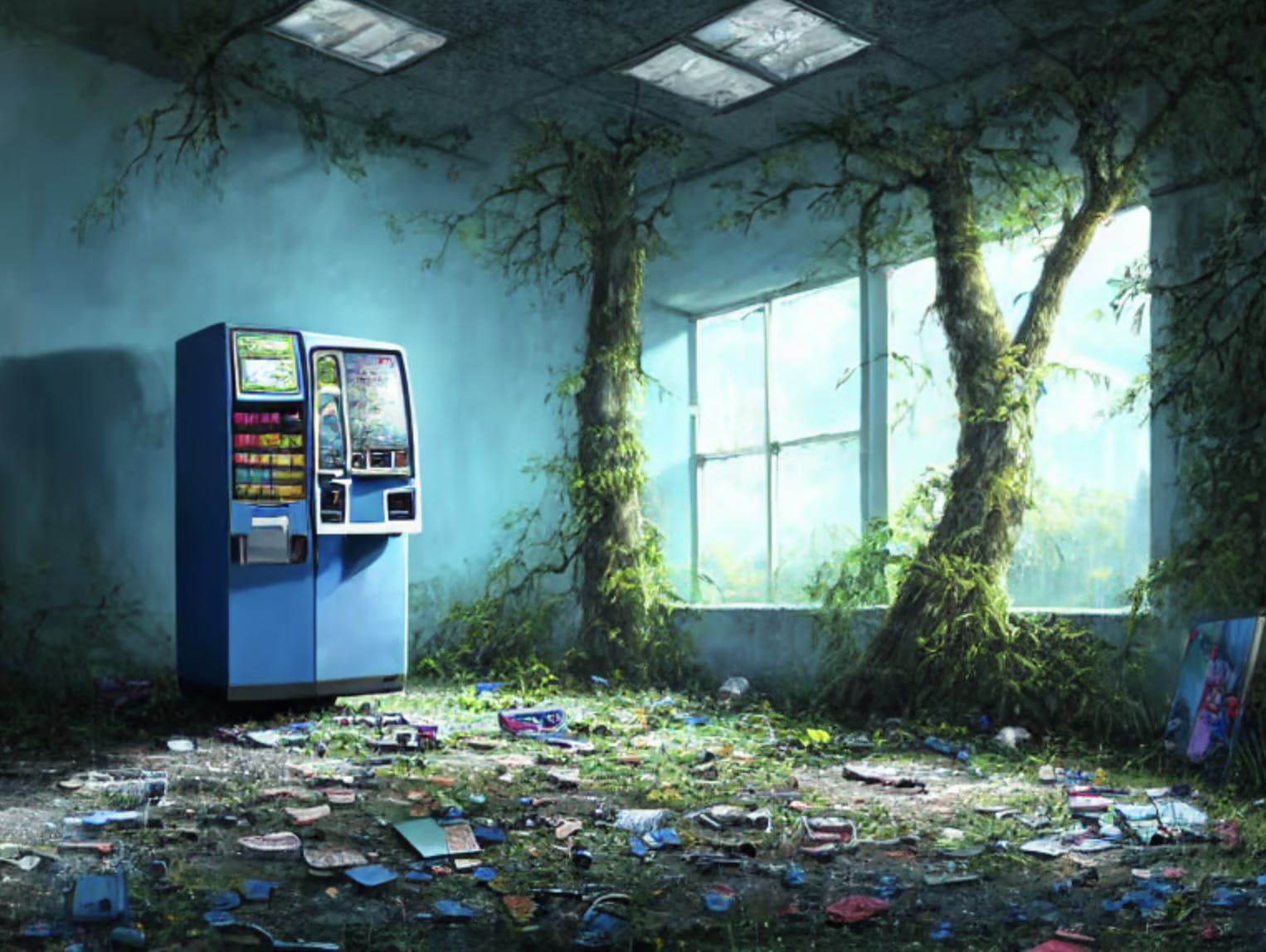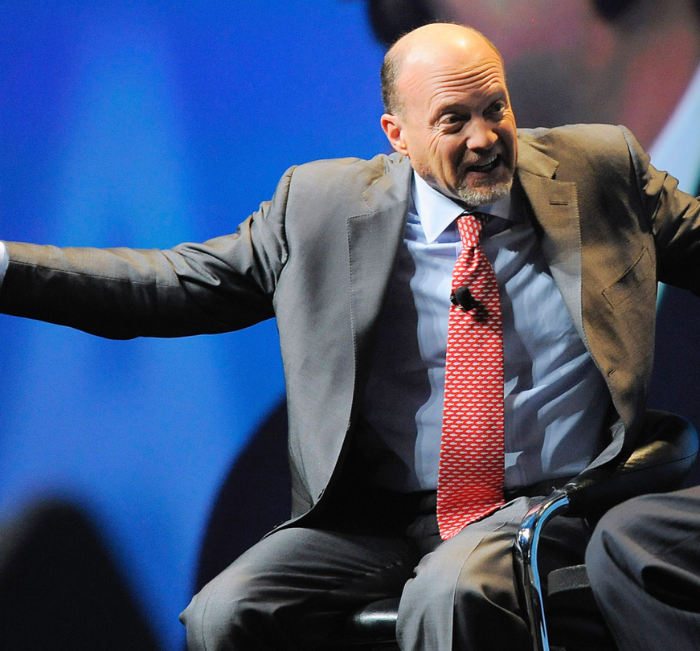Today, Brian Flaherty takes us through the hidden life of ships.
Let’s go 👇
Table of Contents
Shipping: A truly global industry
Shipping is like a glue that connects humanity.
While ships don’t have as much presence in our everyday lives as cars or trains, they’re absolutely critical to the global economy.
International trade completely depends on cargo ships and tankers, as 90% of the world’s goods are transported by sea. As global trade has flourished through globalization, the volume of goods transported has nearly doubled since 2000, to 11 billion tons of goods shipped each year.
Thanks to flying, international tourism relies less on ships than it used to. But cruise ships still ferry tens of millions of people on vacations each year, despite a severe drop in traffic since Covid.

While a ship’s role in facilitating trade/tourism brings it around the world, ships themselves also take a global journey as part of their lifecycle.
As ships go from construction to destruction, they go from country to country.
The journey begins with shipbuilding, which is distributed among two main industry centers.
Where are mega ships built?
Commercial ships are even bigger than cruise ships.
The Ever Alot is one of the largest container ships ever created. If you stacked it vertically, it would be taller than the Empire State Building.
Building such huge vessels requires highly specialized industries. Today, two regions of the world dominate shipbuilding.
East Asia
Commercial ships, like cargo ships and tankers, are mostly built in East Asia.
In 2022, China produced about half of the world’s total output of merchant ships, with the remaining production mostly occurring in South Korea and Japan.
Europe
It may surprise you to learn that Europe is actually the world leader in manufacturing cruise ships.
Italy, Germany, France, and Finland lead the way here.

Why have European shipyards dominated cruise shipbuilding, even as commercial shipbuilding has relocated to Asia?
There’s no simple answer. But one possibility is that cruise ships are intricately designed projects where operators are willing to pay a premium to delight tourists.
Cargo ships and tankers, meanwhile, are generic builds where efficiency takes priority.
Historically, Asia could use lower labor costs to compete in commercial shipbuilding, but not cruise shipbuilding.
Once ships are completed, they don’t stick around in their country of origin.
Where they head next, though, may be a surprise.
Flags of convenience
Quiz: Which country has the largest share of the global ship registry?
If you guessed America or China, you’d be wrong. Instead, the answer is plucky Liberia, who recently took the crown from rival Panama.

Looking at the list of major players in global ship registrations, the names might seem odd. Countries like Singapore, Malta, and The Marshall Islands all make an appearance.

What’s going on here?
Ships registered to these countries aren’t really being operated by companies in those countries.
Instead, the ships are registered under “flags of convenience,” and are operated by a foreign entity.
- The Wonder of the Seas, for instance, is the flagship of American cruise ship operator Royal Caribbean, but it’s registered in the Bahamas. 🇧🇸
- Despite being operated by a Taiwanese company, the Ever Alot (the mega cargo ship we mentioned previously) is registered in Panama. 🇵🇦
Why do ship operators fly flags of convenience?
Simple: to avoid taxation!
In the United States, for instance, an archaic tax code provision means that foreign ships don’t have to pay domestic taxes (as long as the foreign country agrees not to tax American ships in return.)
This tactic frequently means that major cruise operators pay paltry tax rates, which can be less than 1/10th of standard corporate tax rates.
The other reason is labor laws. Flying flags of convenience also means that companies can avoid the labor laws of developed countries.
Laborers building cruise ships and cargo ships can be paid just a few dollars an hour.

Once ships have finished sailing the seas under a convenient flag, they’re ready for the last stage of their lifecycle.
We now travel to South Asia, where most large ships get decommissioned and deconstructed.
What is shipbreaking?
Large ships have a useful life of 25-30 years. After that point repairs typically become uneconomical.
But these ships aren’t just brought to a dump; they’re broken down and sold for scrap, in a process known as shipbreaking.
The majority of the world’s shipbreaking industry is in South Asia. In 2022, over 80% of ship dismantling occurred in just three countries: Bangladesh, India, and Pakistan.

- To “beach” and break down an aging ship, operators first navigate their vessel to one of the many beach-based shipyards on the South Asian coast.
- They wait for high tide, then ram the ship at full speed onto the beach.
- When the tide recedes, workers break it down, in a process that could be described as shockingly manual.
Despite ethical concerns, shipbreaking can also be considered an inspirational model for proponents of the circular economy.
When ships are broken down, nearly everything is recycled and reused, including the steel hull, the beds, and kitchen utensils.

In recent years though, Türkiye has been growing in popularity as the shipbreaking destination of choice.
Turkey has greater oversight of shipbreaking regulations and a better track record of worker safety. Instead of beaching, ships are broken down in proper docks using cranes. (What a concept!)

Of course, choosing safety comes at a price.
To understand what that price is, let’s take a closer look.












